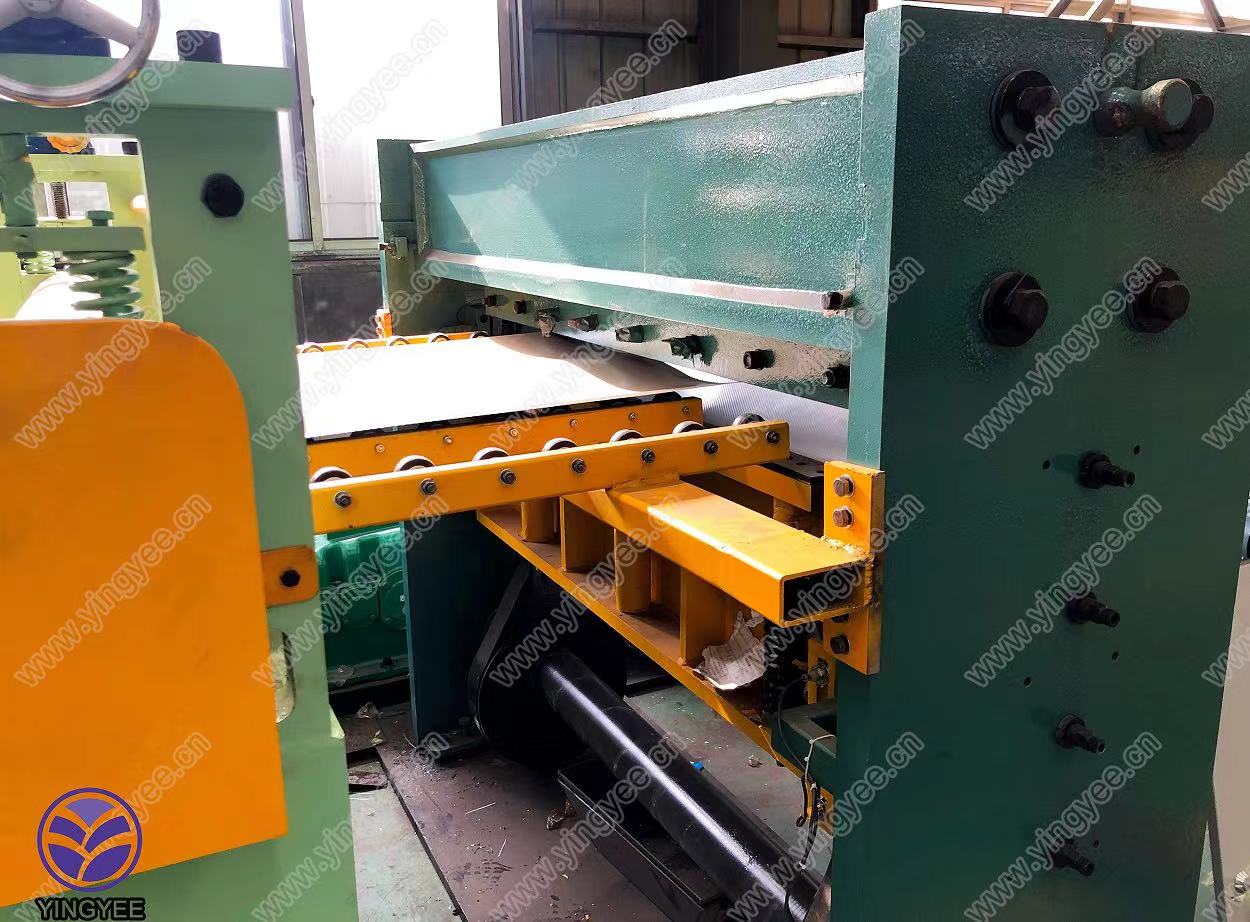
Understanding IBR Profiles and Their Impact on Double Layer Roofing Forming Machines
When it comes to modern construction and roofing solutions, the use of innovative technology has revolutionized the way buildings are designed and constructed. One of the more prominent features of this innovation is the IBR (Inverted Box Rib) profile, which is widely used in double-layer roofing forming machines. The IBR profile stands out due to its unique geometry, which not only enhances the aesthetic appeal of the roofs but also improves structural integrity and weather resistance.
What is an IBR Profile?
An IBR profile refers to a specific type of metal sheet profile characterized by its inverted box rib design. This design consists of strong longitudinal ribs that increase the sheets’ stiffness and durability. The IBR profile is commonly made from galvanized or pre-painted steel, making it ideal for use in various climates while providing excellent corrosion resistance. Present in both residential and commercial projects, IBR profiles are popular among architects and builders due to their versatility and functionality.
The Role of Double Layer Roofing Forming Machines
Double layer roofing forming machines are advanced pieces of equipment designed to create roofing sheets with two different profiles simultaneously. This capability allows manufacturers to produce various roofing materials that cater to specific applications without the need for multiple machines, thus saving costs and space. The integration of IBR profiles into these machines offers numerous advantages, enhancing both production efficiency and product quality.
Benefits of Double Layer Roofing Forming Machines with IBR Profiles
1. Cost Efficiency By utilizing a double layer roofing forming machine, manufacturers can produce two types of roofing sheets within a single production run. This not only reduces machinery costs but also minimizes labor and energy expenses associated with operating multiple machines.
2. Versatility in Design The ability to create diverse profiles, including the IBR design, allows manufacturers to meet the varying aesthetic and structural requirements of their clients. Whether for residential garages, commercial warehouses, or industrial facilities, the adaptability of the double layer machine accommodates an array of needs seamlessly.

3. Enhanced Quality and Consistency Double layer roofing forming machines ensure precise manufacturing, resulting in high-quality products with uniform dimensions. The IBR profile, with its defined geometry, benefits from this precision, ensuring that each sheet maintains its intended performance characteristics.
4. Faster Production Time Advanced technologies embedded in these machines, such as automated controls and speed regulation, significantly reduce production time. Consequently, manufacturers can take on larger orders and respond quickly to market demands without sacrificing quality.
5. Environmental Sustainability The use of recyclable materials such as galvanized steel in the production of IBR profiles promotes sustainability. Additionally, by reducing waste through efficient machining processes, manufacturers contribute to a more sustainable construction industry.
Applications of IBR Profiles
The versatility of IBR profiles lends itself to various applications. They are particularly favored for roofing in warehouses, factories, and residential buildings due to their robust structure. The design not only provides aesthetic appeal but also allows for effective water drainage, minimizing the risk of leaks and water damage.
Furthermore, IBR profiles are also employed in wall cladding systems, providing insulation and protection against adverse weather conditions. This makes them an optimal choice in regions prone to heavy rainfall or extreme temperatures, enhancing the longevity of the structure.
Conclusion
The development of double layer roofing forming machines has transformed the roofing industry, particularly with the adoption of IBR profiles. The combination of cost efficiency, design versatility, quality assurance, and environmental sustainability makes these machines an invaluable asset to manufacturers. As the construction industry continues to evolve, the integration of innovative technologies like IBR profiles into roofing solutions will undoubtedly play a crucial role in meeting the demands of modern architecture while ensuring durable and aesthetically pleasing structures. With continued advancements, the future of roofing looks promising, driven by efficiency and creativity.